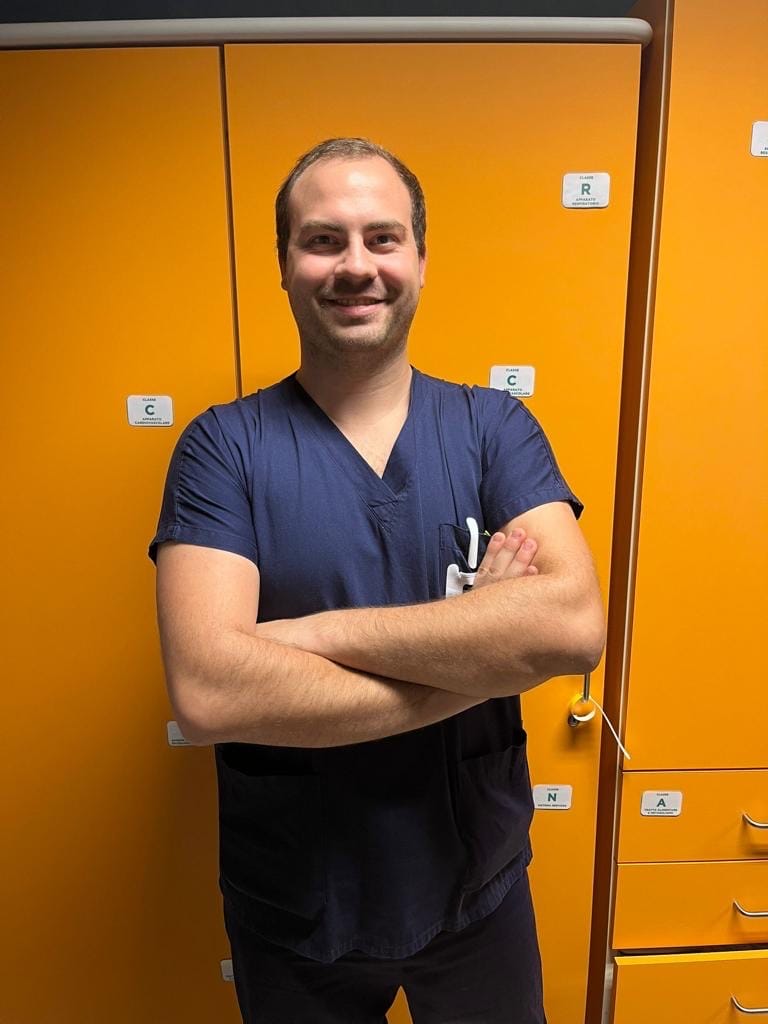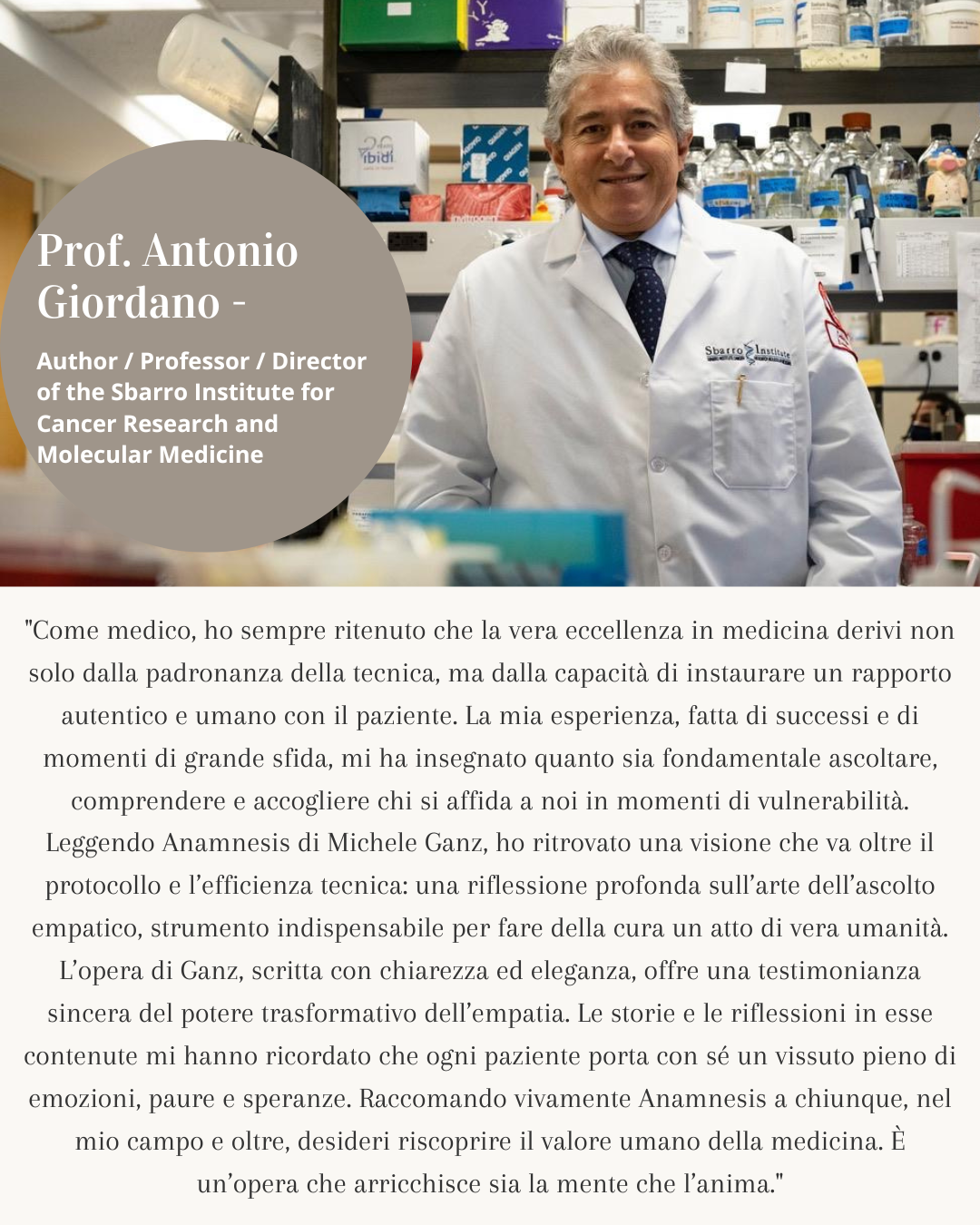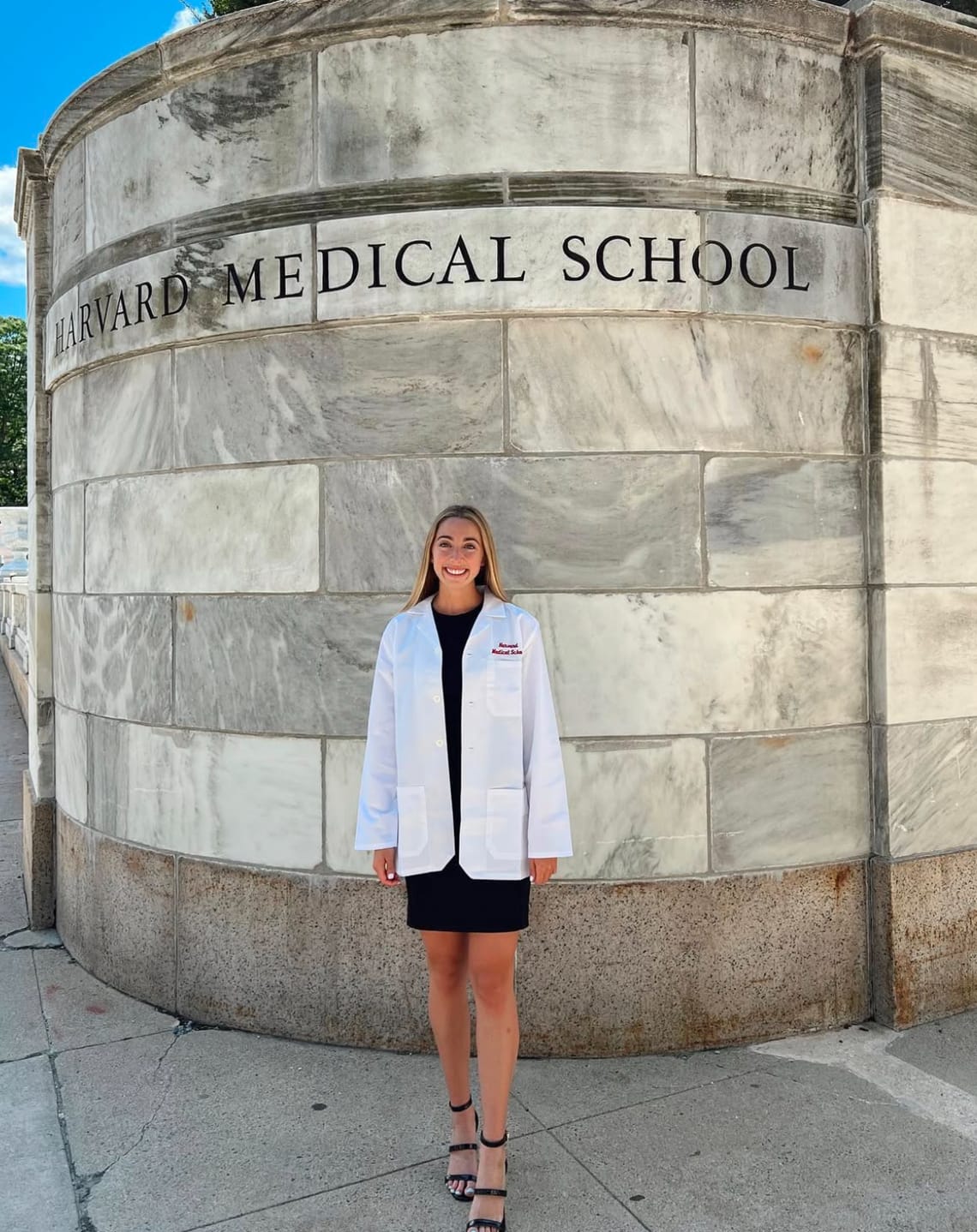Emergency Department EAS
Istituto Clinico Humanitas
Rozzano, Italy
"The Human Side of Healthcare: Reflections from an Emergency Service Professional"
The relationship between a healthcare professional and their patients has been a subject discussed in numerous volumes since the early days of the healthcare profession. What I have learned over these years of training, work, clinical practice, and interpersonal relationships with patients is that you can never stop at appearances. Within hospital walls, as well as in out-of-hospital emergency care, we are constantly ‘bombarded’ by stimuli from the patients we are about to treat, support, and comfort. Understanding all these stimuli and relating them to the fact that there is a real person on the other side who is reaching out to us is crucial. This allows the patient not to feel like “just a patient” but a person like us. This is, in my opinion, the foundation for interpersonal relationships and true ‘care.’
Having served in both out-of-hospital emergency care (as a Volunteer) and in-hospital care as a Nurse in various specialized fields, I have numerous experiences that have left a lasting impression on me, but let's take it step by step.
I remember one winter night while I was on shift as a rescuer at my Red Cross Committee, we received a call for "Assistance to a Person" in a nearby apartment. With the term "Assistance to a Person," it’s not always clear if the call for help comes from the patient themselves or from a neighbor/family member who cannot directly approach the person in need. In this type of call, the patient is often unable to grant entry to the rescuers. Therefore, the Fire Department was also activated.
Upon arriving at the apartment door, we heard screams and cries for help from inside. The firefighters proceeded to break down the entrance, allowing us to enter. The scene I witnessed was quite impactful. The apartment had no furniture, tables, or kitchen. Only an unstable chair and a mattress on the floor where the patient spent his days and nights. I’ll leave the sanitary conditions to your imagination.
The patient, an eighty-year-old male, reported having fallen the previous day and had spent the night and day lying on the floor, unable to get up. After conducting all necessary medical evaluations, he was immobilized on a stretcher due to a suspected right femur fracture and transported to the hospital.
During the journey, I realized the patient was perfectly oriented in space, time, and self. He shared numerous anecdotes about his life with me and my team, including his work maintaining railroad tracks and reaching the highest employment level he could achieve with a basic education. Later, several unpleasant family and marital issues led him to live on a minimal pension, occasionally supported by Social Services.
The question that lingered in my mind after completing the service and handing the patient over to the Emergency Department was: ‘How can a person end up like this? How is it possible that there isn't a system capable of comprehensively supporting someone who has dedicated their life to their work and family? What can we do in the future to ensure that this person, after receiving necessary care, doesn’t return to that miserable place and can enjoy their remaining years in peace and serenity?’
To this day, unfortunately, I haven’t found an answer to these questions. Unfortunately, such cases persist in abundance without decreasing at all. Today, working in the Emergency Department, I constantly receive patients from ambulance staff who remind me of that old man I helped many years ago. Hearing the handover ‘... this is an Assistance to a Person case’ still brings a sense of dismay and helplessness, taking me back to relive the unpleasant experience of that old man, making me think: ‘I wonder in what condition this person was found? I wonder if they have any relatives or loved ones taking care of them?’




